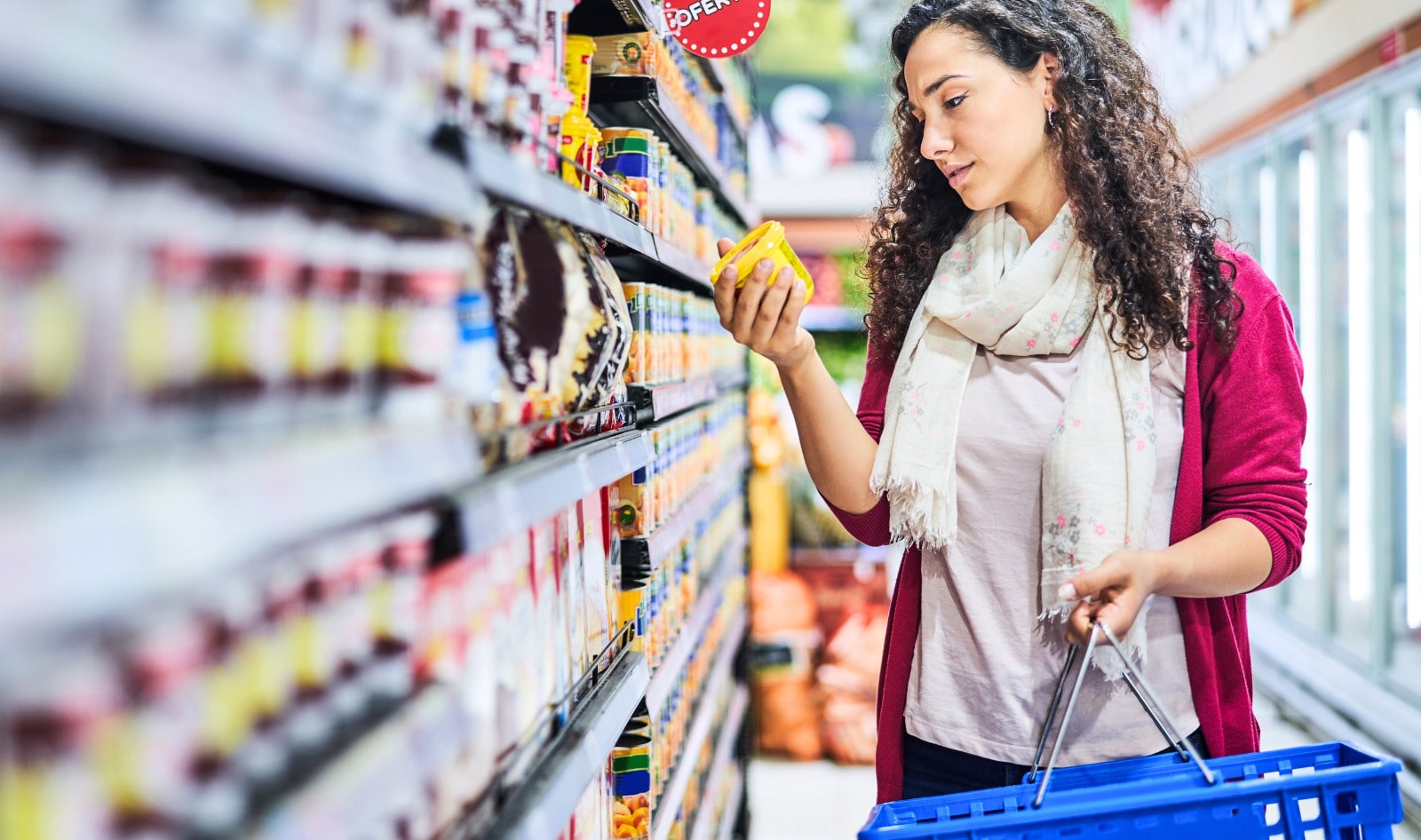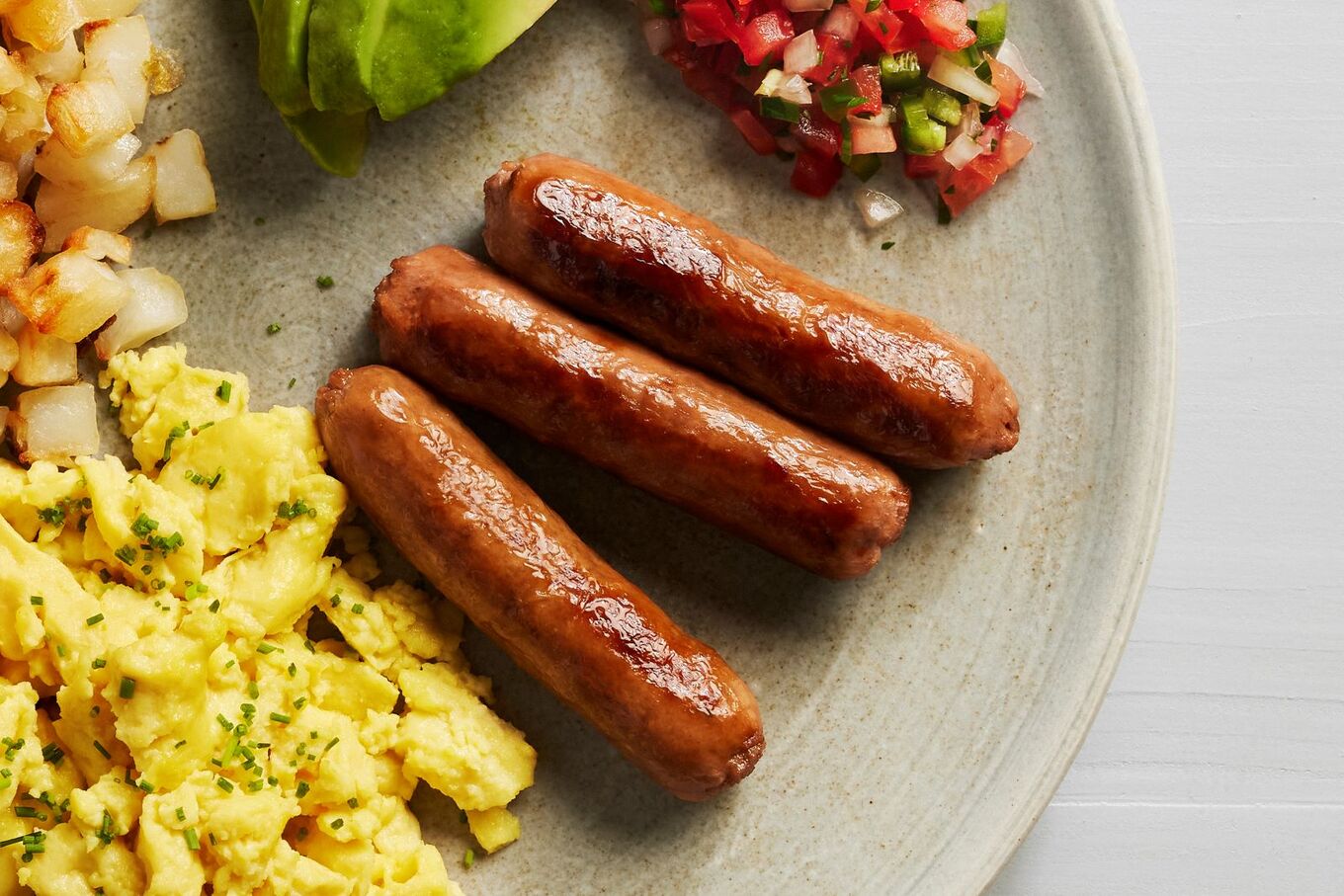
It’s no secret that American diets, in general, rely heavily on ultra-processed foods (UPFs). Research suggests consumption may be declining slightly, but UPFs still make up more than half of most people’s daily caloric intake.
Figuring out which foods count as ultra-processed and which ones don’t can be confusing. This is why, in response to rising awareness of UPFs, more companies are developing tools to help people avoid heavily processed products.
The Non-UPF Program
Take the California-based Non-UPF Program, for example. The certification program, the first of its kind, launched at the end of last year. Recently, the organization said it has made its signature Non-UPF certification available to companies across the food industry.
 Non-UPF Program
Non-UPF Program
“Our goal is to help Americans cut through the confusion in food labeling and provide clear guidance for less processed foods,” said Melissa Halas, dietitian and nutrition expert and founder of the Non-UPF Program.
For a product to be certified by the Non-UPF Program, it must meet the criteria of the Nova framework for unprocessed and minimally processed foods. Basically, products must be “free from excessive processing, artificial additives, and harmful ingredients,” the program states.
What is the Nova framework?
The Nova food classification system, developed by researchers from the University of São Paulo, Brazil, categorizes foods into four groups.
Group one is unprocessed or minimally processed foods (think fresh fruit and vegetables). Group two is processed culinary ingredients (like olive oil and vinegar), group three is processed foods (such as canned tomatoes and some breads), and group four is ultra-processed foods.
The Non-UPF Program aims to help shoppers clearly identify which foods fall into the first three categories.
“By creating a reliable certification mark, consumers can shop with confidence and support brands committed to reducing UPF in the marketplace,” Halas continued. “There is a lack of government oversight and transparency in the food we eat, and many additives have not been adequately tested for safety.”
The Nova system isn’t perfect
However, it’s important to note that the Nova system the Non-UPF Program relies on has been criticized by some experts for being too simplistic.
In October 2024, for example, two British scientists published a paper in PLOS Medicine urging people to consider more nuance around the UPF conversation. They noted that while some ultra-processed products are undeniably harmful, others offer real nutritional value.
“Foods classed as ultra-processed, which are high in fat, salt, and/or sugar, should be avoided, but a number of ultra-processed foods are not,” said Alexandra Johnstone, PhD, of the Rowett Institute of Nutrition and Health at the University of Aberdeen.
“We should be thinking very carefully about what advice is being given to the public, as opposed to providing simplified and potentially misleading messages that grab headlines.”
Indeed, items like packaged whole-grain bread, high-fiber cereal, fortified dairy-free milk, and many plant-based meats are all ultra-processed, but they can offer nutritional benefits, too.
New tools aim to clear up confusion over UPFs
Other UPF tools consider this nuance. Earlier this year, nutrition app Zoe launched its own UPF risk scale. The aim behind the tool is to help users understand which UPFs offer nutritional benefits and which ones offer very little.
“This approach, when coupled with foundational nutrition knowledge on fiber, fats, protein, sugar, and salt content, empowers people to make smarter food choices,” Zoe founder Tim Spector, MD, told VegNews. “We set out to build something more nuanced and practical for the everyday consumer.”
 Beyond Meat
Beyond Meat
Still, if you’re looking to eat fewer UPFs and more minimally processed options, the Non-UPF Program may be undeniably useful. Beyond its certification program, it also aims to provide educational outreach to consumers and healthcare practitioners and collaborate with experts, like nutrition scientists and food industry leaders, to create a healthier food system.
“We encourage food companies to prioritize public health by creating healthier foods made with real, whole-food ingredients rather than industrial formulations,” the company notes. “Together, we can make healthier food choices.”
This post was originally published on VegNews.com.